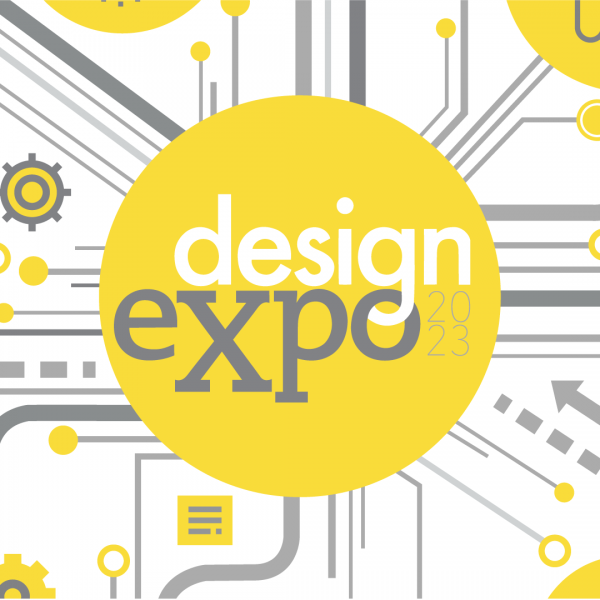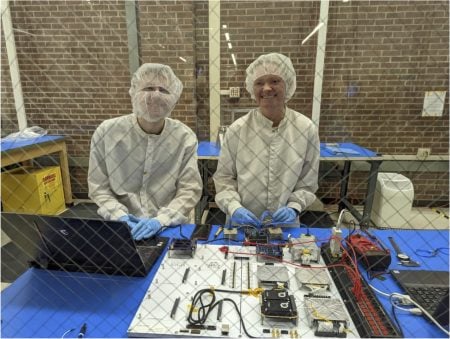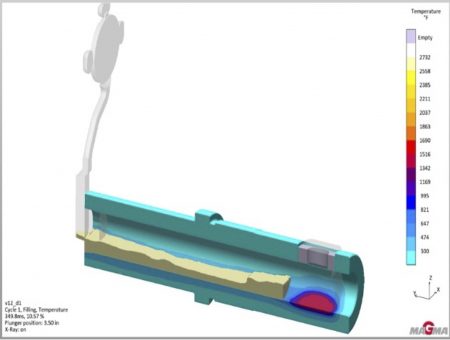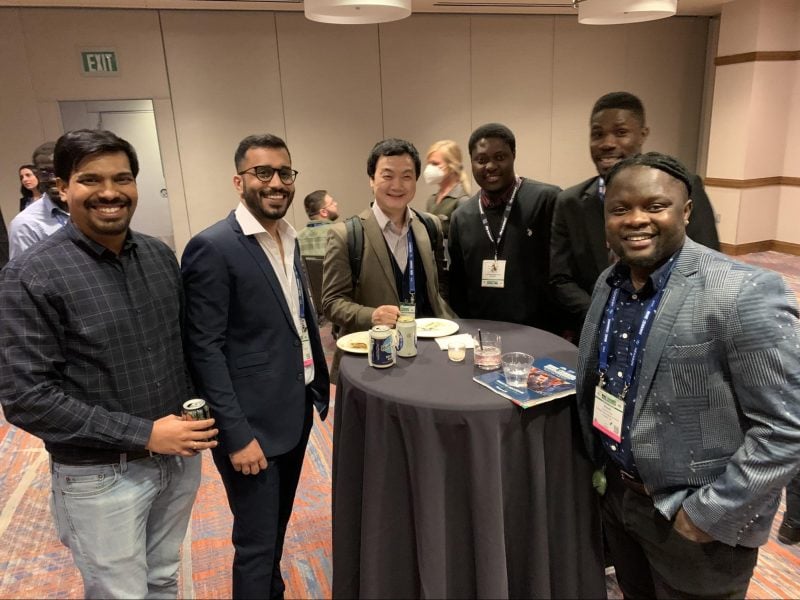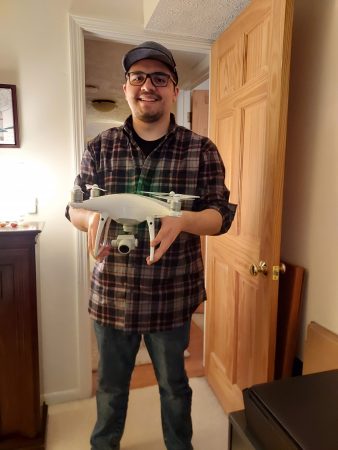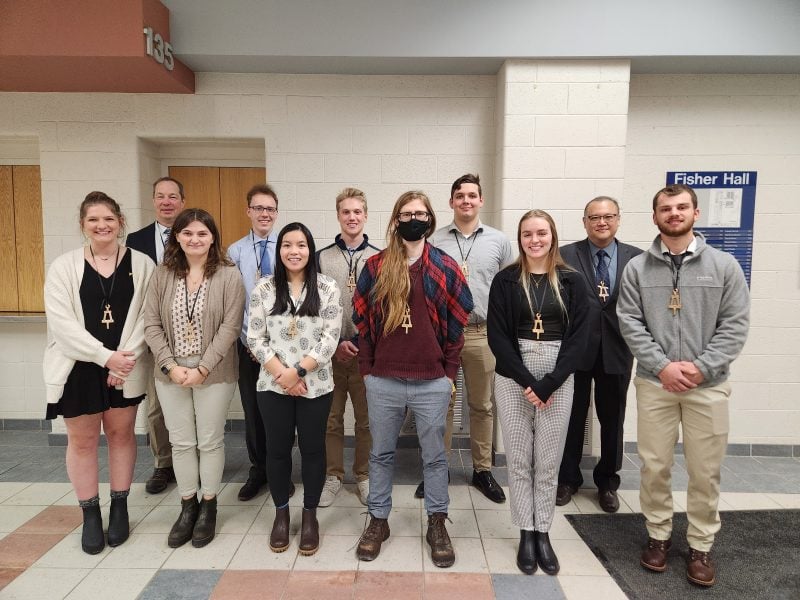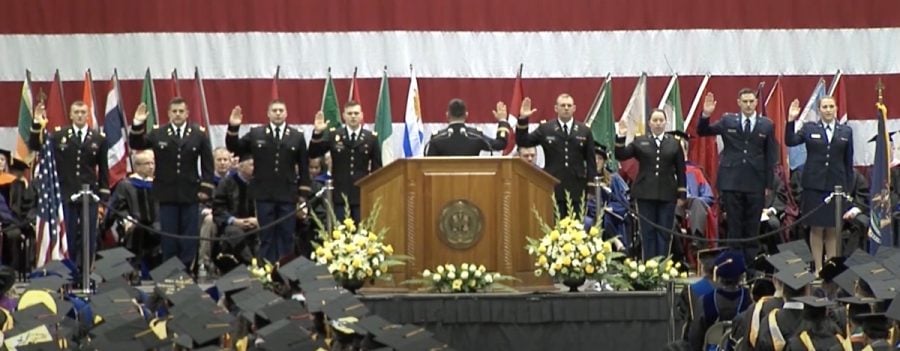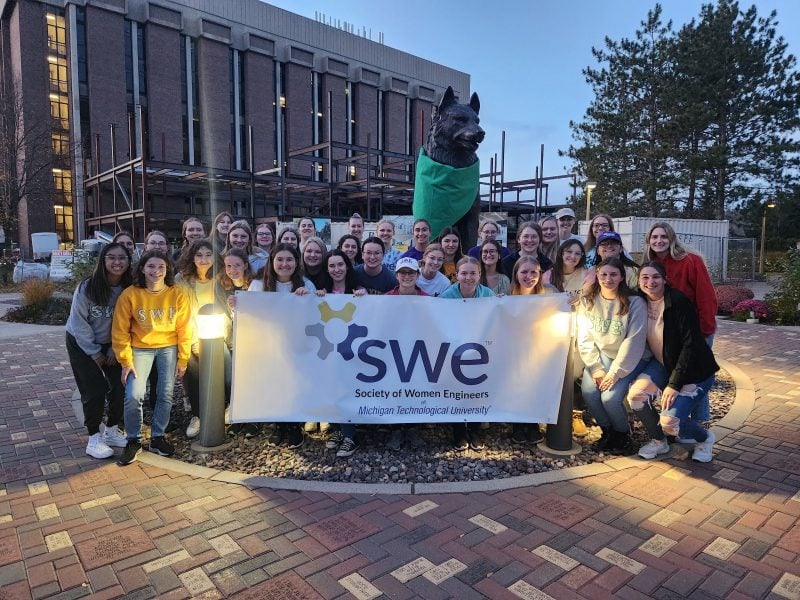
The Air Force and Army ROTC invite you to the Spring 2023 Commissioning Ceremony on Friday (April 28) from 7-9 p.m. at the Rozsa Center.
This semester we have 11 Air Force cadets and five Army cadets commissioning. Those commissioning are from the following programs:
Biological Sciences | Civil Engineering | Computer Science | Cybersecurity | Electrical Engineering | Engineering Fundamentals | Engineering Management | Environmental Engineering | Forestry | Mathematics | Mechanical Engineering | Physics
We will also be streaming the ceremony if you prefer to watch it live on YouTube. The stream will go live 15 minutes prior to the ceremony.
By Air Force and Army ROTC.
